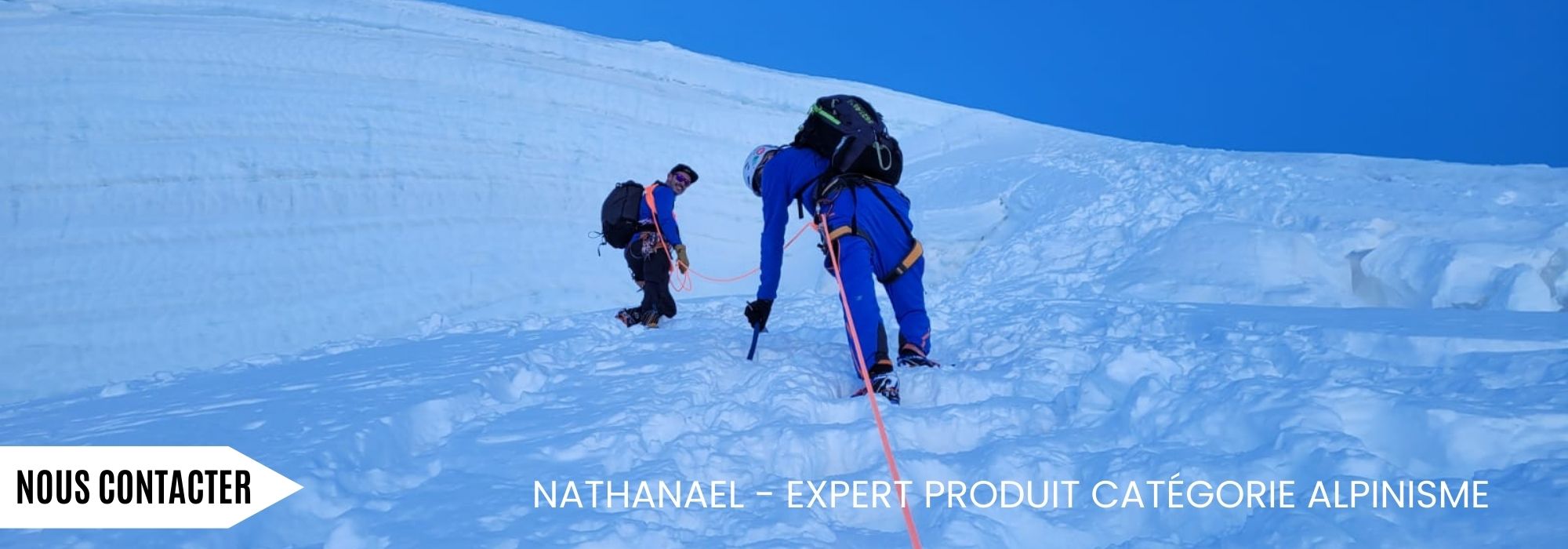Mountaineering requires good physical preparation, combined with a good knowledge of the high mountains and technical training. The clothing you wear must be high enough to withstand extreme conditions without compromising your comfort or performance. 
Breathable, insulating mountaineering clothing
To withstand the cold, you need several layers of clothing. You need at least three layers on your upper body, and at least two on your lower body.
Choose thermal and breathable undergarments, because in the active phase, they help you to evacuate perspiration, and in the passive phase, they prevent you from losing the heat produced by your body. So it's essential to choose your T-shirt and thermal tights carefully.
As for the second layer, your upper body should act as an insulator. A fleece jacket, softshell or down jacket is ideal for mountaineering.

Choose clothing that provides effective protection
Protective clothing is essential for mountaineering. Hardshell is preferable to softshell.
DID YOU KNOW?
 |
3-layer jackets and overtrousers are the most technical, robust and high-performance garments for mountaineering. Their membrane is located between the outer fabric and the inner lining. They are abrasion-resistant, an essential feature when you're working against rock. What's more, they're waterproof, so they'll stand up to all weathers. |
For maximum protection, make sure the jacket has reinforcements in strategic places, ventilation zips and an adjustable hood compatible with helmets.
For your pantsThe knees must be pre-shaped to allow greater freedom of movement. Gaiters are also essential, as they close the pants over the boots.

Protecting the extremities
Protecting the extremities is not an option when mountaineering, as these are the most exposed parts of the body.
ADVICE FROM THE PRODUCT EXPERT:
Protecting your head, and especially your ears, is also important. Hats are generally made from merino wool, synthetic or hybrid materials. Wearing an under-cap or balaclava under your mountaineering helmet is also essential to avoid losing heat.
Finally, socks and footwear must be adapted to your activity. Shoes specially designed for mountaineering provide good grip on the ground and should be chosen with care.
REMEMBER :
- - Choose clothing that is warm, breathable, lightweight and, above all, abrasion-resistant.
- - Your clothing complements your basic equipment (ice axe, crampons, helmet...) and enables you to evolve in the high mountains in the best possible conditions.
- - In mountaineering, nothing can be neglected: every detail is important.







































.jpg)
